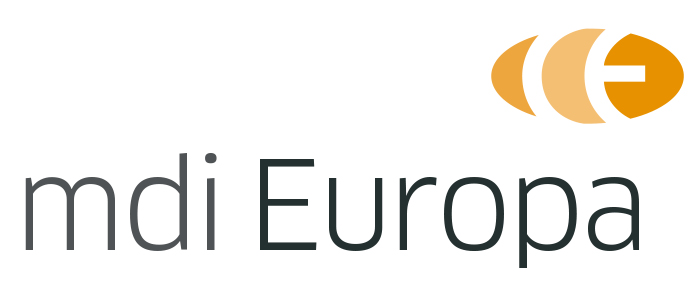OEM/Private Labeling was a common concept under the AIMDD, MDD and IVDD. Under the MDR and IVDR requirements are much stricter. Get a quick overview, why your products are affected and how you have to proceed.
The Contractual Obligations of Outsourcing Companies and Vendors
Recently, mdi Europa has received many questions with regards to OEM or Private Labelling issues, due to the shift in perspective from the Active Implantable Medical Devices Directive (AIMDD), Medical Devices Directive 93/42/EEC (MDD) and In Vitro Diagnostic Medical Devices Directive (IVDD) to the Medical Devices Regulation (EU) 2017/745 (MDR) and In Vitro Diagnostic Medical Devices Regulation (EU) 2017/746 (IVDR)
While it was common practice under the Directives (AIMDD, MDD, IVDD) to hold only a simplified Technical File as an Own Brand Labeler (OBL) or Private Labeling Manufacturer (PLM), the rules became stricter under the MDR and IVDR. Already before the date of full application of the MDR and IVDR, selected member countries, e.g. the UK, tightened the corresponding provisions in their markets.
Simply said, the MDR and IVDR now make clear that there will be no difference between the OBL and the OEM from a regulatory point of view:
Article 10(4) of the MDR and IVDR requires the manufacturer as reflected on the labeling to hold a complete version of the Technical Documentation as per annexes II and III. As already mentioned, this will make the traditional concept of Private Labeling obsolete.
It goes without saying that devices requiring notified body involvement would also oblige the corresponding OBL/ PLM manufacturer to hold its own notified body certificate.
Article 16 of the MDR and IVDR provide further specifications and scenarios under which manufacturer obligations apply to importers and distributors. Economic operators are thus recommended to carefully consider contractual relationships with customers and partners.





